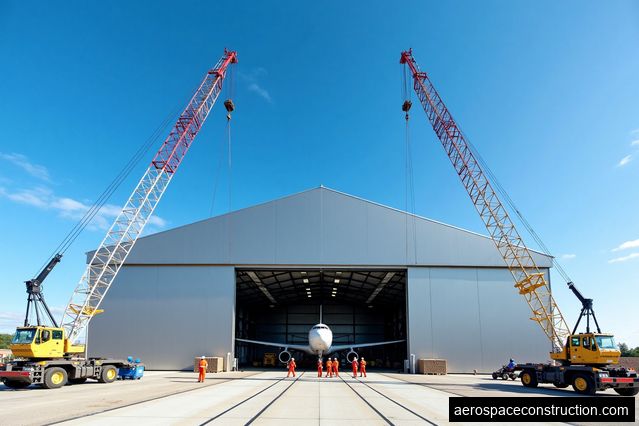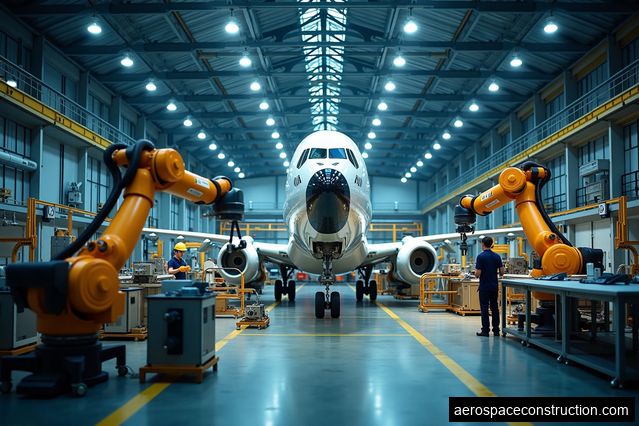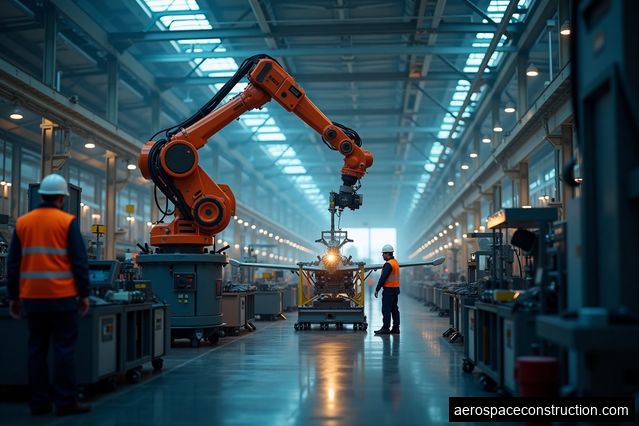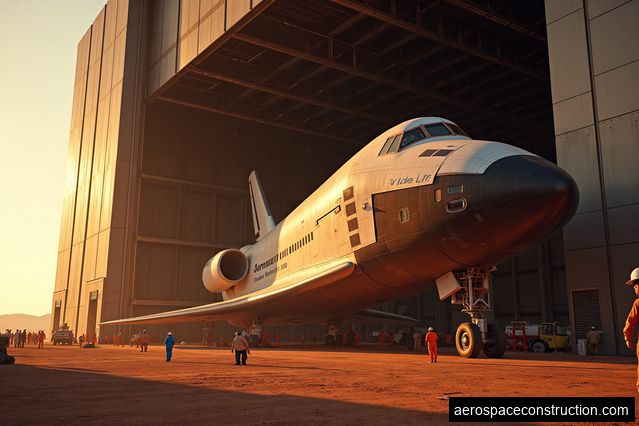Automation and Robotics
One of the most significant advancements in aircraft manufacturing plants is the integration of automation and robotics. Automation has streamlined the production process, reducing human error and increasing efficiency. Robots are now used for tasks such as riveting, welding, and painting, which were previously done manually. This not only speeds up the manufacturing process but also improves the overall quality of the aircraft.
Improved Precision and Accuracy
With the use of advanced technologies such as 3D printing and computer-aided design (CAD), aircraft manufacturing plants can achieve higher levels of precision and accuracy. 3D printing allows for the creation of complex parts with intricate designs that were previously impossible to manufacture. CAD software enables engineers to design aircraft components with extreme precision, resulting in better-fitting parts and improved overall performance.
Composite Materials
The use of composite materials in aircraft manufacturing has revolutionized the industry. These materials, such as carbon fiber composites, offer a higher strength-to-weight ratio compared to traditional materials like aluminum. This allows for lighter aircraft, reducing fuel consumption and increasing efficiency. Composite materials also offer better resistance to corrosion and fatigue, resulting in longer-lasting and more durable aircraft.
Advanced Manufacturing Techniques
To take full advantage of composite materials, aircraft manufacturing plants have adopted advanced manufacturing techniques. Automated fiber placement (AFP) and automated tape laying (ATL) are used to precisely lay down layers of composite material, ensuring optimal strength and structural integrity. These techniques also minimize waste and reduce production time, making aircraft manufacturing more cost-effective.
Digital Twin Technology
Digital twin technology is another groundbreaking advancement in aircraft manufacturing plants. It involves creating a virtual replica of an aircraft and its components, which allows for real-time monitoring and analysis. With digital twin technology, manufacturers can detect potential issues and optimize performance without the need for physical prototypes. This technology also enables predictive maintenance, reducing downtime and improving aircraft reliability.
Integration of IoT and Big Data
To fully leverage digital twin technology, aircraft manufacturing plants are integrating the Internet of Things (IoT) and big data analytics. IoT sensors collect real-time data from aircraft components, which is then analyzed to identify patterns and anomalies. This data-driven approach allows manufacturers to make informed decisions, optimize maintenance schedules, and improve overall aircraft performance. The integration of IoT and big data also enhances supply chain management, ensuring timely delivery of components and reducing inventory costs.








